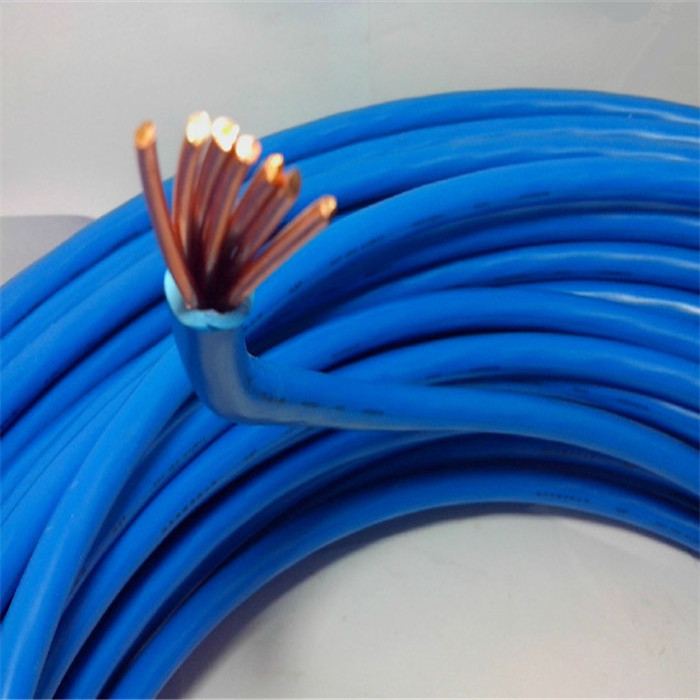
In the choice of cable to choose according to their own site cable usage, not freeloaders. Cheap but also ensures that cable is the national standard, and in all likelihood is walking a fine line.
Fudge is not professional users do not understand the industry.
For the majority of users to more clearly recognize quality standard cable wires and self-judgment GB and non-target difference.
Here we combine the actual situation and the cable industry engineering users often encountered so that we do a simple understanding.
Cables and wires in general engineering users and used in construction projects are mainly three kinds of cables appear:
1 GB cable: According to the introduction of the relevant cable standards of technology produced by the cable is referred to as the international line.
2 The line marked cable: based on industry standards, mainly there are fewer cut corners, but does not affect the big performance.
3 Non-standard cables: In order to meet market demand the product should be born pregnant.
Today, more and more widespread applications of wire and cable, along with, on the market more and more types of wire and cable.
So, how to distinguish between the wire and cable "GB" and "non-standard" mean?
We recommend that you look at two tests three weighings, four more than the price five to see copper, six quality inspection, and six strokes outcome.
A look: at wire and cable products to see whether the quality system certification, to see whether the certificate specifications, to see whether the name and address, test chapter, production date, see whether printed trademarks, specifications, and voltage on the wires.
Copper core of cross section depends on the wire, Excellence for copper color bright, soft colors, otherwise it is defective.
Second test: the desirability head by hand repeatedly bending a wire, all soft, anti-fatigue strength, elastic-plastic or rubber handle, and no cracks in the insulation on the wire is the superior product.
Three weighed: In good quality wire and cable, general weight per 100m in a predetermined weight range.
Such as the commonly used cross-sectional area of 1.5mm2 single strand of plastic insulated copper wire, each 100m weight 1.8-1.9kg; 2.5mm2 single strand of plastic insulated copper wire, each 100m weight 3-3.1kg; 4.0mm2 plastic insulated single-strand copper wire, each 100m weighs 4.4-4.6kg like.
Poor quality of wire weighs less, or not long enough, or has too many copper core wire impurities.
If the cables, especially large-sized cables, weighing the soil is the best way to reflect whether the cable conductor cross-section copper content standards and whether sufficient underlying the easiest way, generally have a small cross-section of stealing copper cable, if cable After weighing less copper content of said state allowable weight range error, the basic can be identified as non-standard.
Four more than the price: Because of the low production cost of fake and shoddy wiring, traders in the sales, often under the guise of cheap low-cost sales, people fooled.
Thus, when buying, beware, do not for businesses advertised "affordable" dazzled final deceived. Five bronze look. Qualified copper wire copper conductor should be purple, shiny, and feel soft.
Five see copper material: copper wire copper core of shoddy purple, yellow or white, impurities, poor mechanical strength, poor toughness, that is a little harder will break, and the cables often break phenomenon.
Check, you just put a head stripped wire on some children, then a piece of paper with a little twist on the copper core, if there is a black substance on the white paper, as described in Tongxin more impurities can be identified as "non-standard "Wire and Cable.
Six quality testing: in the case of differences in cable quality, can be sent to third-party testing bodies. With the authority of the test, the report is qualified as the basis.